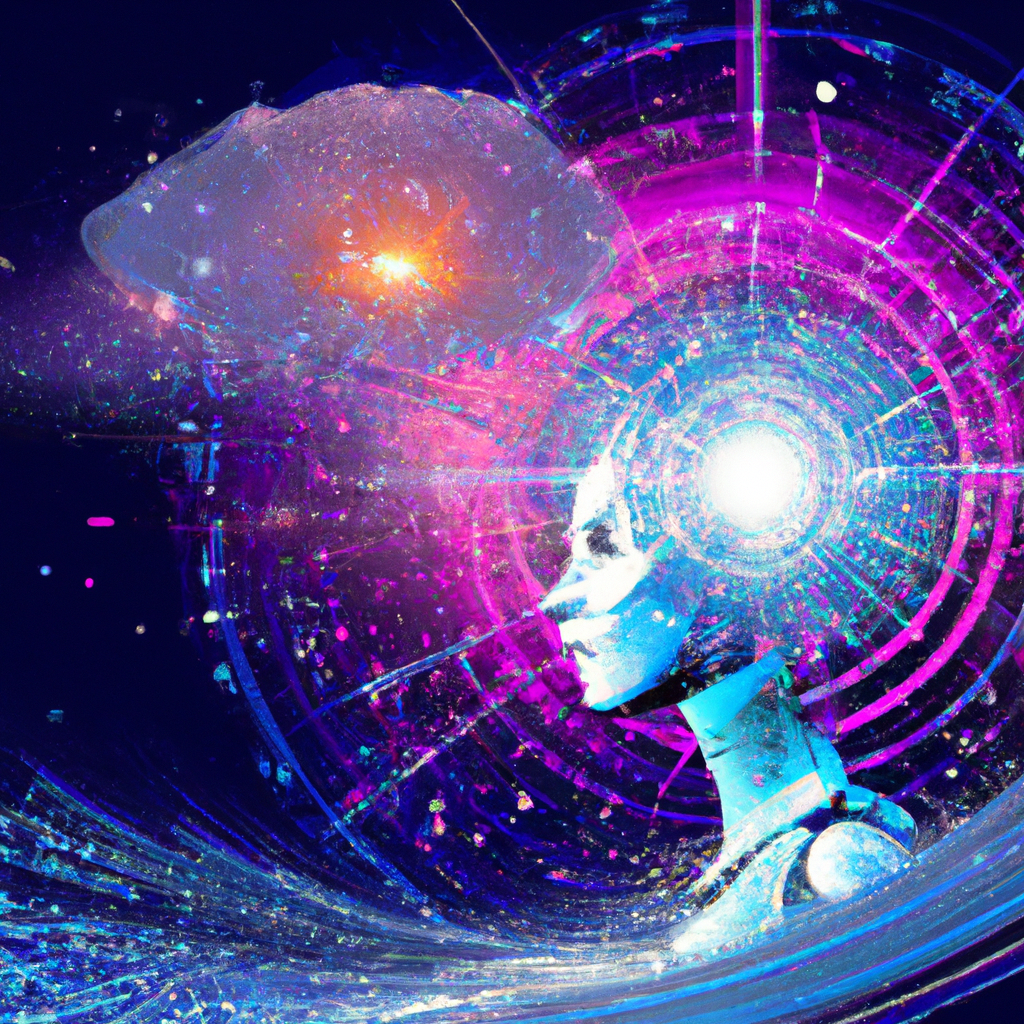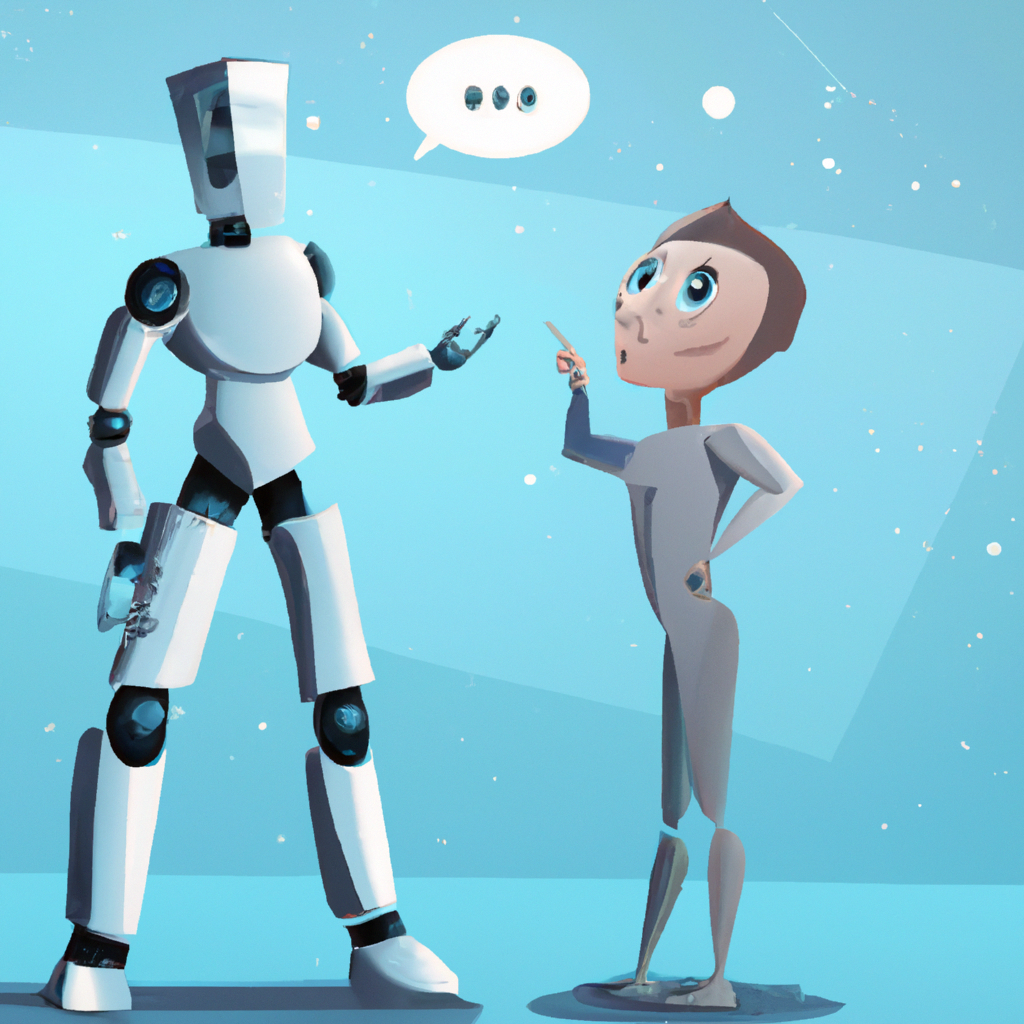In the ever-evolving world of technology, chatbots have become an integral part of our daily lives, assisting us with customer service, providing information, and even engaging in friendly conversations. But have you ever wondered how these chatbots keep getting smarter and more efficient? The answer lies in machine learning. By constantly analyzing and learning from user interactions, chatbots are able to adapt and improve over time, offering us a seamless and personalized experience. Let’s explore how chatbots utilize machine learning for continuous improvement.

Introduction
Welcome to the world of chatbots! In this article, we will explore how chatbots utilize machine learning for continuous improvement. Chatbots have revolutionized the way businesses interact with their customers, providing quick and efficient solutions to queries and automating various tasks. However, to truly excel in their performance and provide personalized experiences, chatbots rely on machine learning algorithms. By harnessing the power of data, chatbots can continuously learn and adapt, improving their responses and enhancing the overall user experience.
Understanding Chatbots
What are chatbots?
Chatbots are computer programs designed to interact with humans through a conversational interface, mimicking natural language communication. These virtual assistants can understand and respond to user inquiries, provide information, and even perform actions based on predefined rules or machine learning algorithms.
Types of chatbots
There are various types of chatbots, ranging from rule-based chatbots to AI-powered chatbots. Rule-based chatbots follow a predefined set of rules to provide responses, while AI-powered chatbots utilize machine learning algorithms to improve their understanding and accuracy over time.
Advantages of using chatbots
Chatbots offer several advantages for businesses and users alike. They provide instant responses, are available 24/7, and can handle multiple conversations simultaneously. Chatbots help streamline customer support, reduce response times, and enhance the overall user experience. Additionally, they can gather valuable data that can be used to improve their performance through machine learning techniques.

Machine Learning in Chatbots
How machine learning works
Machine learning is a subset of artificial intelligence that enables chatbots to learn from data and adapt their behavior without explicit programming. Chatbots use machine learning algorithms to analyze and understand user queries, identify patterns, and generate appropriate responses based on the data they have been trained on. Through an iterative process of training and feedback, chatbots improve their performance over time.
Benefits of machine learning in chatbots
Machine learning enables chatbots to continuously learn from user interactions and improve their accuracy and understanding. By analyzing vast amounts of data, chatbots can detect patterns, understand user preferences, and provide personalized responses. This not only enhances the user experience but also enables chatbots to handle complex queries and adapt to different scenarios.
Continuous Improvement in Chatbots
Why continuous improvement is important
Continuous improvement is crucial for chatbots to stay relevant and provide optimal performance. As user expectations evolve and new challenges arise, chatbots need to adapt and improve their capabilities. Continuous improvement ensures that chatbots can handle a wide range of user queries, provide accurate responses, and deliver a personalized experience.
The role of machine learning in continuous improvement
Machine learning plays a vital role in the continuous improvement of chatbots. By leveraging machine learning algorithms, chatbots can analyze user interactions, identify areas of improvement, and learn from feedback. This iterative process allows chatbots to enhance their performance, detect and fix errors, and adapt to changing user needs.

Data Collection and Analysis
Collecting relevant data
To improve their performance, chatbots need to collect relevant data. This data can be gathered from user interactions, customer feedback, and historical conversations. By capturing and storing this data, chatbots can identify patterns, understand user behavior, and improve their understanding and accuracy.
Analyzing data using machine learning algorithms
Once the data is collected, chatbots utilize machine learning algorithms to analyze and extract meaningful insights. These algorithms can identify patterns, detect anomalies, and categorize user queries. By analyzing the data, chatbots can uncover user preferences, improve their responses, and optimize their performance.
Feedback Loop for Improvement
Importance of feedback in chatbot improvement
Feedback is essential for chatbots to improve their performance. By gathering feedback from users, businesses can identify areas where the chatbot is lacking and make necessary improvements. User feedback helps chatbots understand the context of queries better, identify errors, and enhance their responses.
Implementing feedback loop using machine learning
Machine learning enables chatbots to implement an effective feedback loop. By incorporating user feedback into the training process, chatbots can learn from their mistakes and improve their accuracy. Machine learning algorithms can analyze feedback and adjust the chatbot’s behavior accordingly, ensuring continuous improvement and enhanced user satisfaction.

Enhancing Natural Language Processing
Challenges in natural language processing
Natural Language Processing (NLP) is a key component of chatbots, as it enables them to understand and generate human-like responses. However, NLP poses several challenges, including understanding context, identifying intent, and handling ambiguous queries. These challenges need to be addressed for chatbots to deliver accurate and meaningful responses.
Improving NLP through machine learning
Machine learning plays a crucial role in improving NLP capabilities in chatbots. By training chatbots on large amounts of data, machine learning algorithms can help chatbots understand context, identify intent, and improve language processing. By continuously learning from data, chatbots can refine their NLP capabilities and provide more accurate and context-aware responses.
Personalization and User Context
Understanding user preferences
Personalization is a key aspect of enhancing the user experience with chatbots. By understanding user preferences, chatbots can tailor their responses and recommendations accordingly. Machine learning algorithms enable chatbots to analyze user data, such as past interactions, preferences, and browsing history, to provide personalized interactions.
Utilizing machine learning for personalized interactions
Machine learning algorithms enable chatbots to analyze user data and make personalized recommendations. By leveraging this data, chatbots can understand user preferences and adapt their responses to provide a more personalized experience. This level of personalization not only enhances user satisfaction but also increases the effectiveness of chatbots in achieving business goals.

Dynamic Learning and Adaptation
Adapting to changing user needs
User needs and expectations are constantly evolving, requiring chatbots to adapt accordingly. Chatbots need to be flexible and responsive to handle changing user demands. Through continuous learning and adaptation, chatbots can keep up with the evolving landscape and provide relevant and accurate responses.
Real-time learning using machine learning algorithms
Machine learning algorithms enable chatbots to learn in real-time, allowing them to adapt quickly to changing user needs. By continuously analyzing user interactions, machine learning algorithms can identify patterns, detect anomalies, and update the chatbot’s knowledge base in real-time. This enables chatbots to provide up-to-date and accurate information, enhancing the user experience.
Conclusion
In conclusion, chatbots leverage machine learning algorithms to continuously improve their performance and provide personalized interactions. By collecting and analyzing relevant data, implementing feedback loops, enhancing NLP capabilities, and adapting to changing user needs, chatbots can deliver accurate and contextual responses. Machine learning plays a crucial role in enabling chatbots to learn from user interactions, enhance their understanding, and provide an exceptional user experience. As technology advances, we can expect chatbots to become even more sophisticated, understanding nuanced queries, and providing even more personalized interactions. So, embrace the world of chatbots and witness the power of machine learning in continuous improvement.
